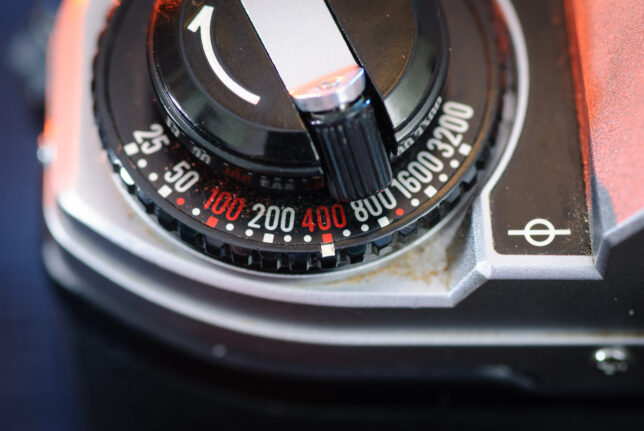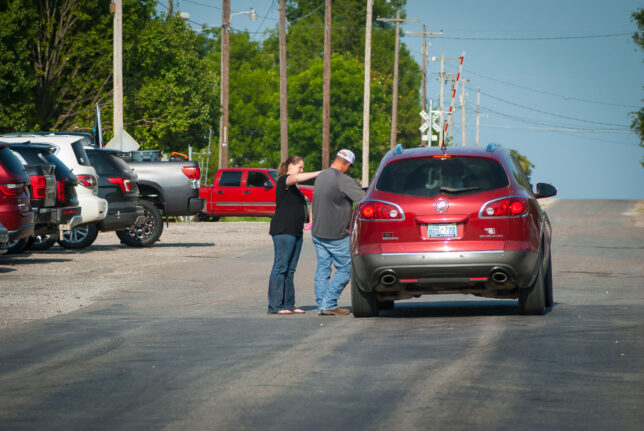I received an unusual gift recently from my friends at People’s Electric Cooperative: a Nikon FG-20 film camera, with three lenses, a Nikkor 50mm f/1.8, a Nikkor 35-70mm f/3.3-4.5, and a Vivitar 70-210mm f/4.5.

The camera had been used by PEC during the film era, often by a good friend of mine, Karen Hudson.


This camera was stored in a cool, dry environment, and is in excellent condition. I happened to have the right batteries for it, and all of its functions work perfectly.
It’s very flattering that people in our community think of me in these situations. The person who gave it to me asked if I would like to have it as a teaching tool, which was right on the money.


The FG-20 was introduced in 1984 during the crest of the film era. At the time, it was meant to be a cheap, lightweight alternative to Nikon’s heavier, higher-end cameras, but as photography evolved, cameras in general got cheaper and, especially, more-plasticky as manufacturers discovered they could charge photographers more for less as they accepted plastic into their lives.

Thus, the FG-20 is built to fairly high standards when compared to many of today’s digital cameras targeting the same market.

I don’t have any intention of shooting film, since I don’t have a darkroom any more, but I will be able to bring this camera to my students and talk about the history of photography with a working example of the kind of camera I used in the early years of my career.
Watch this space for reviews of these lenses coming soon!
